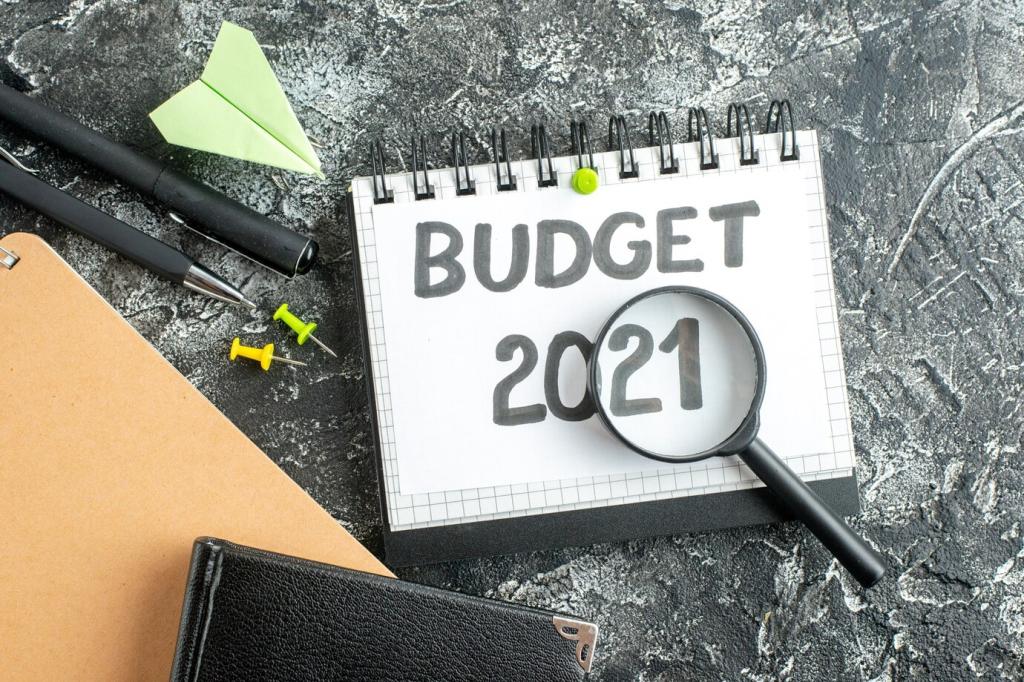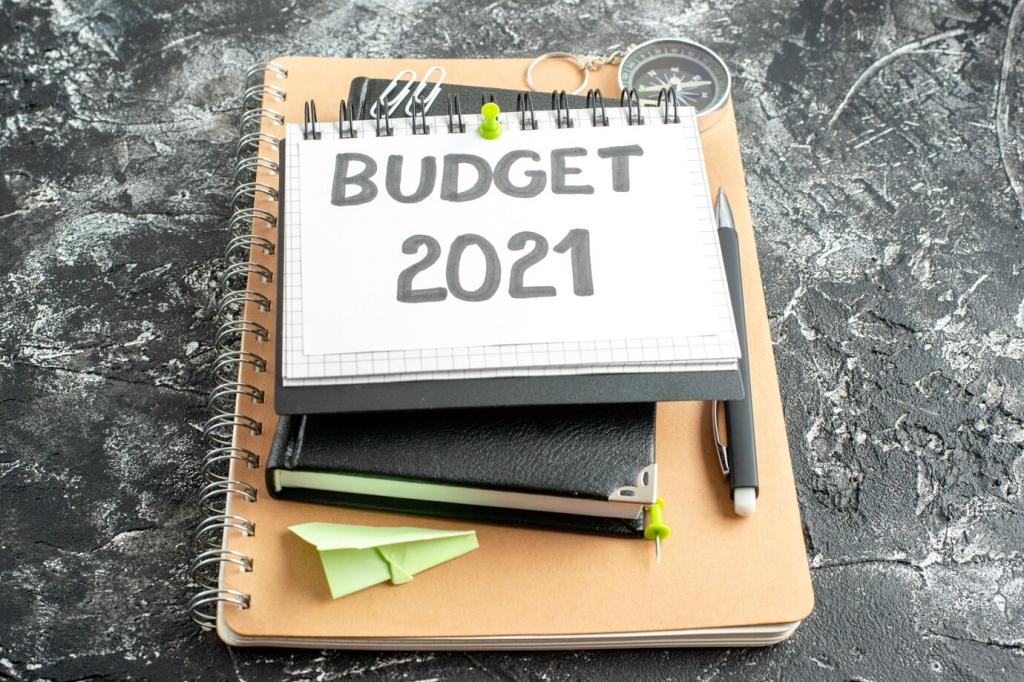Be Selective With New Credit
Soft inquiries, like prequalification checks, do not affect your score. Hard inquiries typically do. When shopping, look for prequalification options, then proceed only when the odds are strong. Fewer, better-timed applications mean a cleaner, calmer credit journey.
Be Selective With New Credit
Some scoring models group multiple mortgage or auto loan inquiries within a limited window as a single event. Do your research, cluster applications, and keep documentation. Focused shopping protects your score while still letting you secure competitive offers.
Be Selective With New Credit
New accounts can lower your average age of credit. Add them sparingly and with purpose. If you’re rebuilding, one strong new account managed perfectly often beats several opened quickly, which may appear risky and dilute your established history.
Be Selective With New Credit
Lorem ipsum dolor sit amet, consectetur adipiscing elit. Ut elit tellus, luctus nec ullamcorper mattis, pulvinar dapibus leo.













